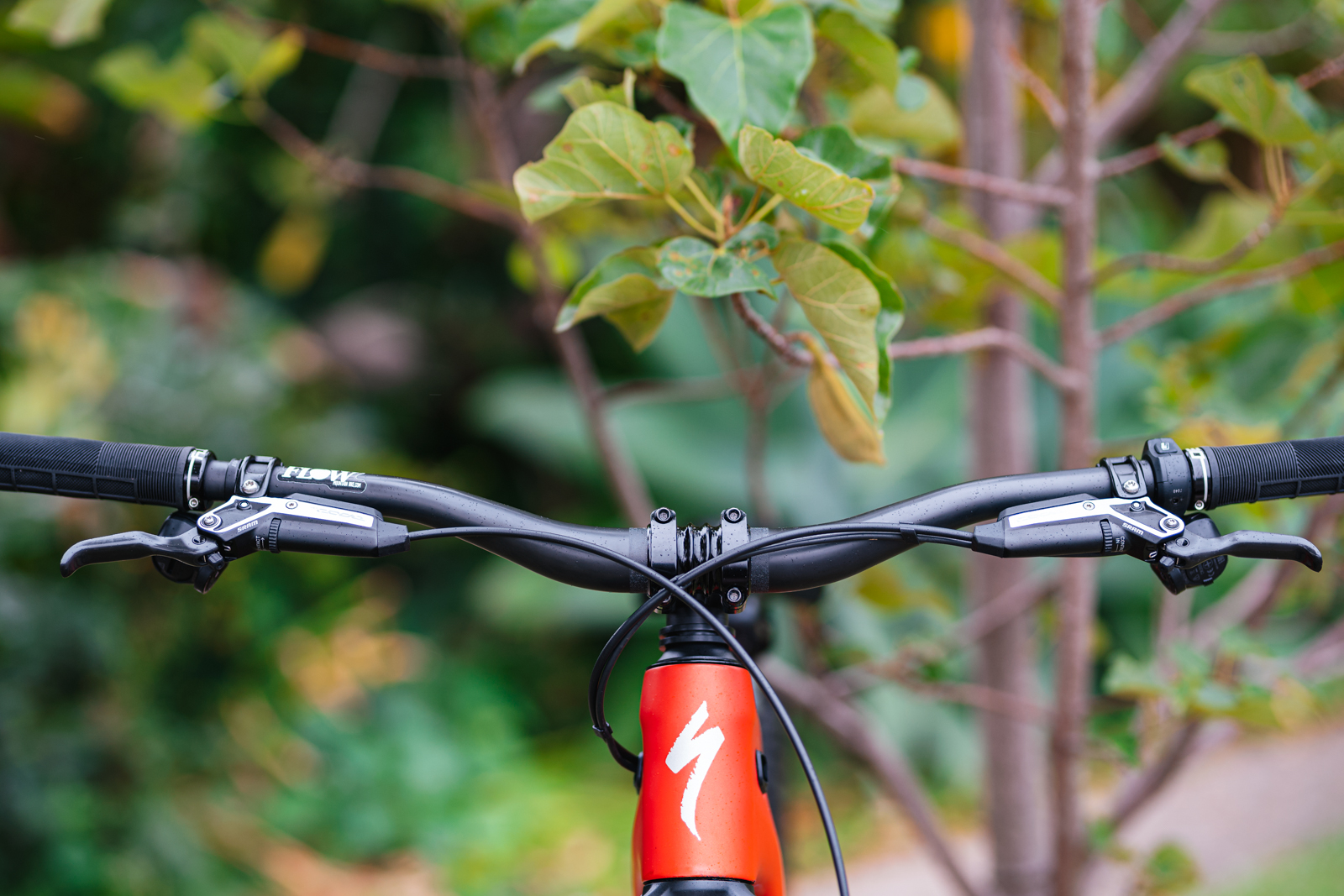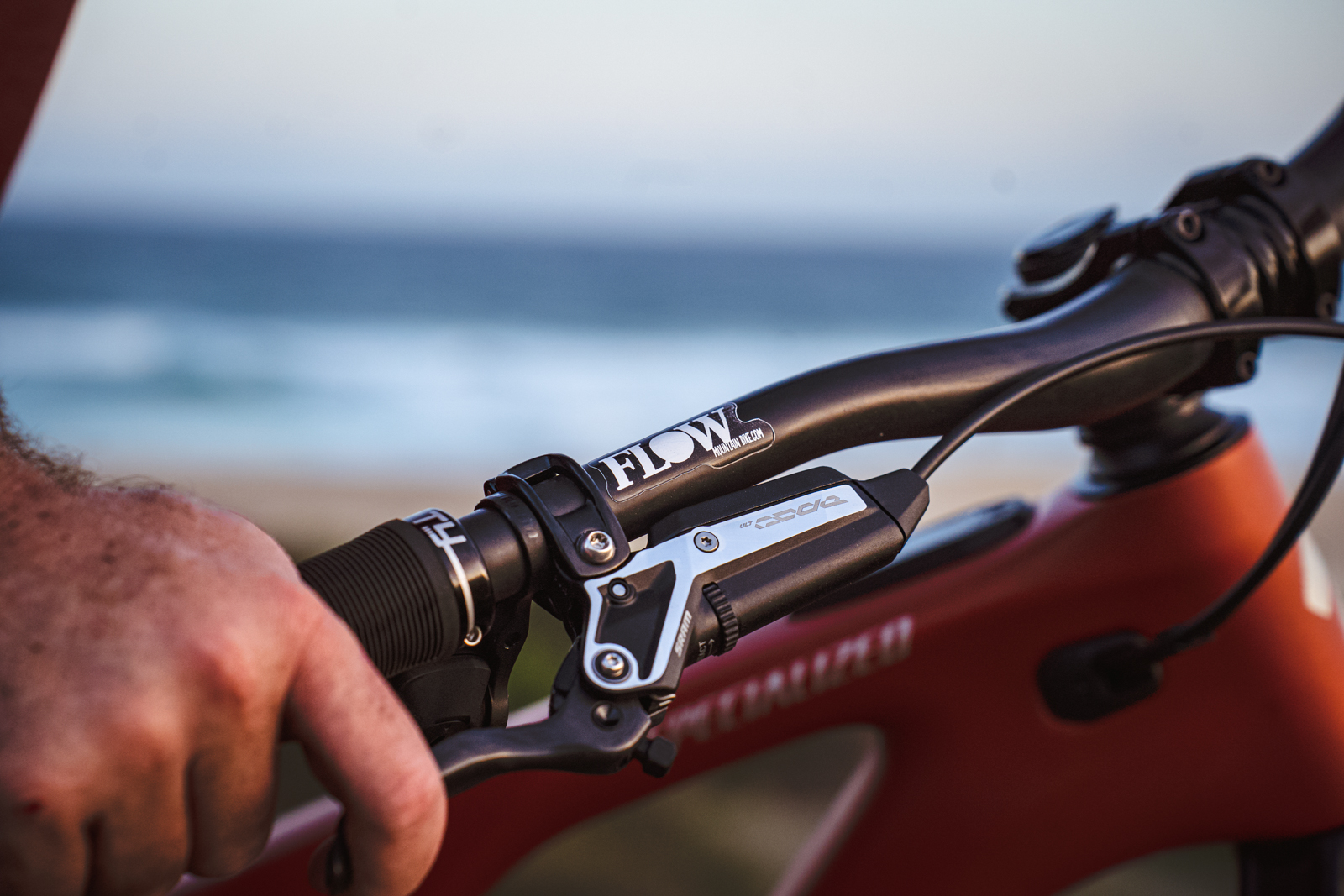Mick reviews the new SRAM Code Stealth Ultimate brakes
Along with the revolutionary SRAM XX Eagle T-Type transmission, today the American brand is also releasing a new line of disc brakes. The existing range has been consolidated thanks to the removal of the G2 brake, and there are now just two tiers; Ultimate and Silver.
The big news with the redesigned brakes is a brand new ‘Stealth’ lever design, which sees the master cylinder positioned much closer to the handlebar. This is primarily to suit bikes with headset cable routing, as it allows the brake hose to be cut very short for a nice and sleek setup.
Here we’ll be covering the six new models, followed by a look at our experience of riding the latest Code Stealth brakes over the past four months.

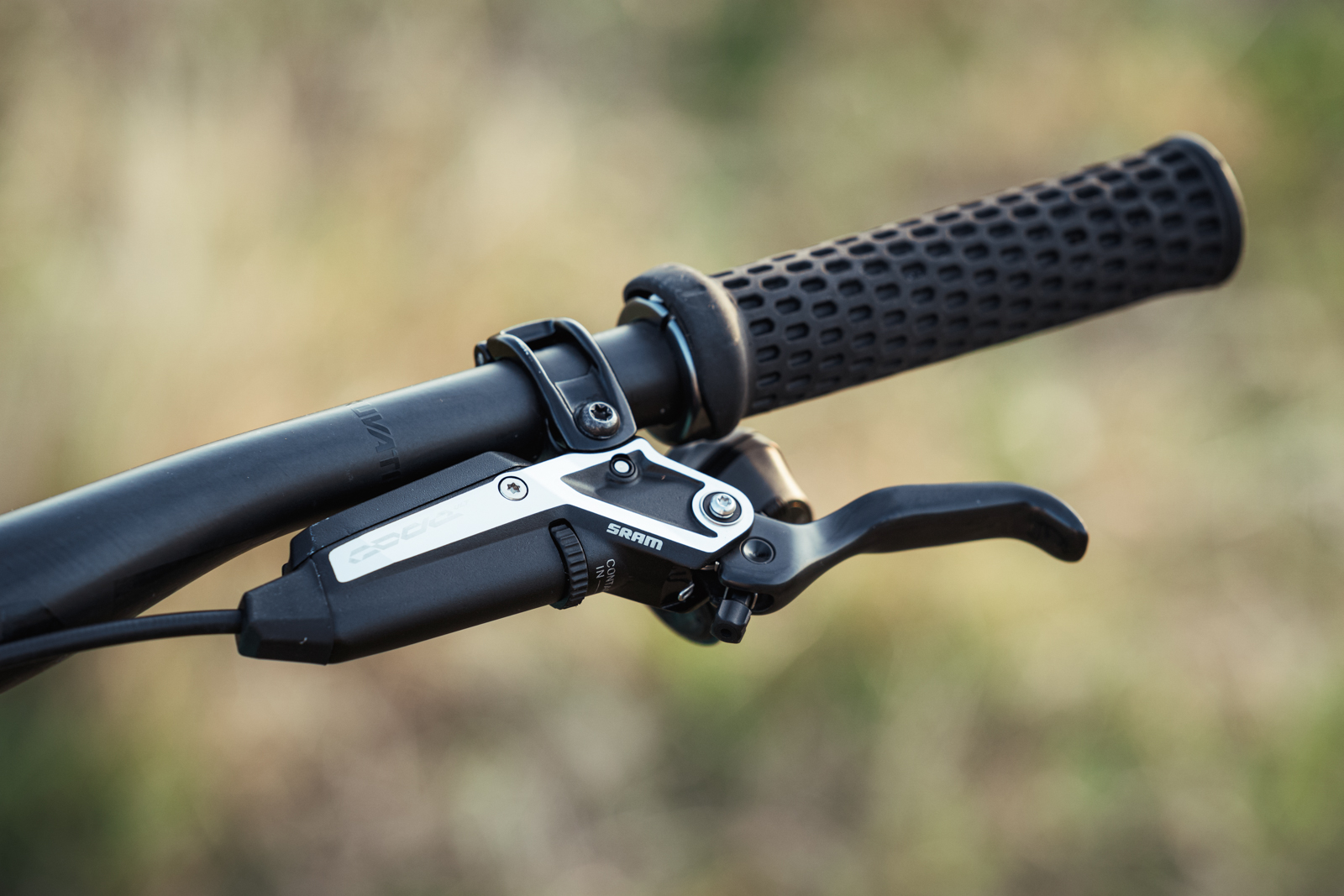
SRAM Code Stealth Brakes
Designed for downhill, enduro and rapid trail riding, the SRAM Code remains as the most powerful brake in the lineup. It features a beefy four-piston calliper for maximum bite, and comes with metallic brake pads as standard.
For 2023 the Code gets updated with the new Stealth brake lever, which features a chunky master cylinder that tucks in tightly to sit parallel to the handlebar.
Hidden from view are improvements to the finish of the internal bore. This is said to reduce friction in order to provide a lighter lever feel with better consistency. There are also changes to the lever blade and pivot location, though the swing link has been tweaked in order to maintain a similar leverage rate. As such, SRAM claims that power is unchanged from the outgoing Code.
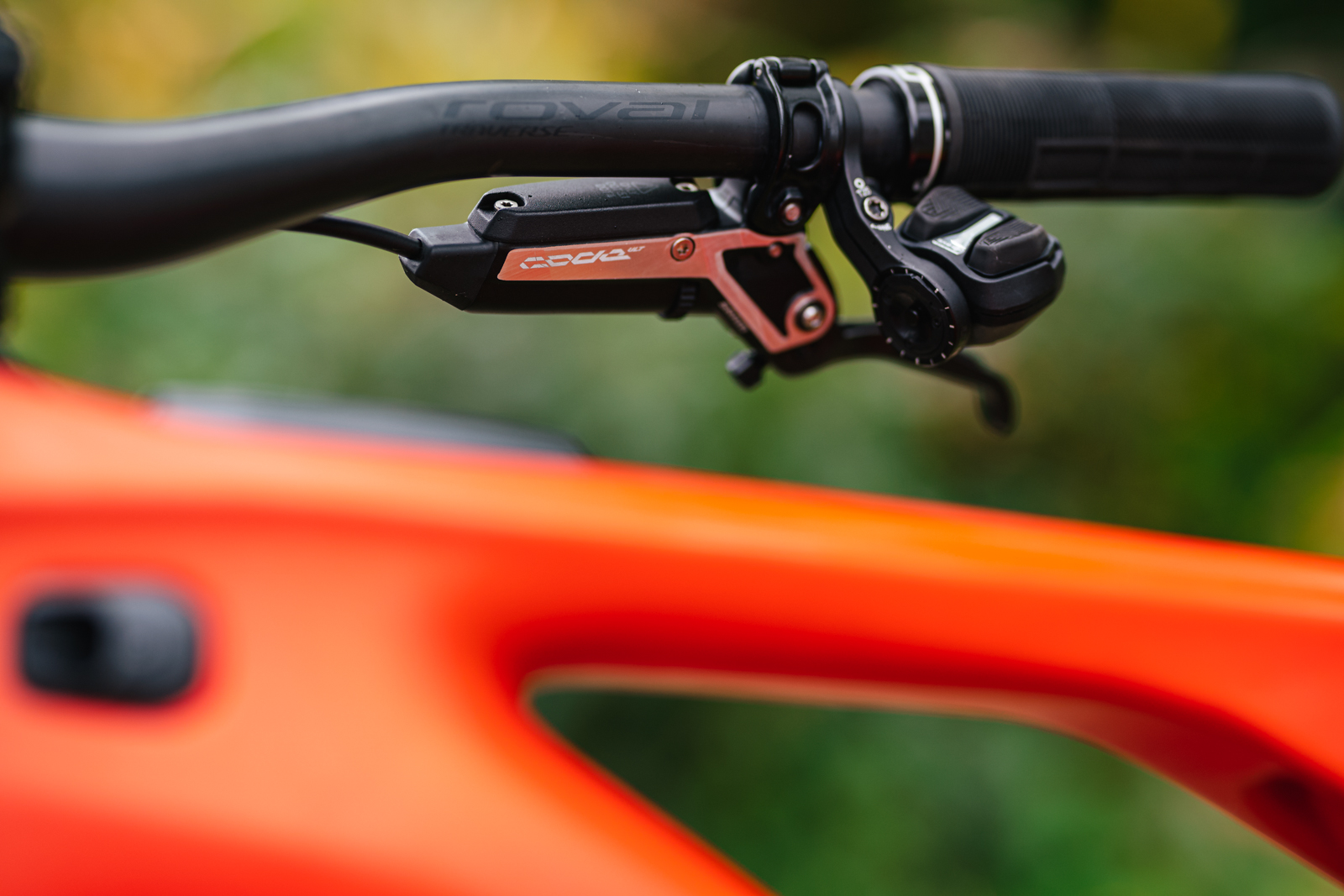
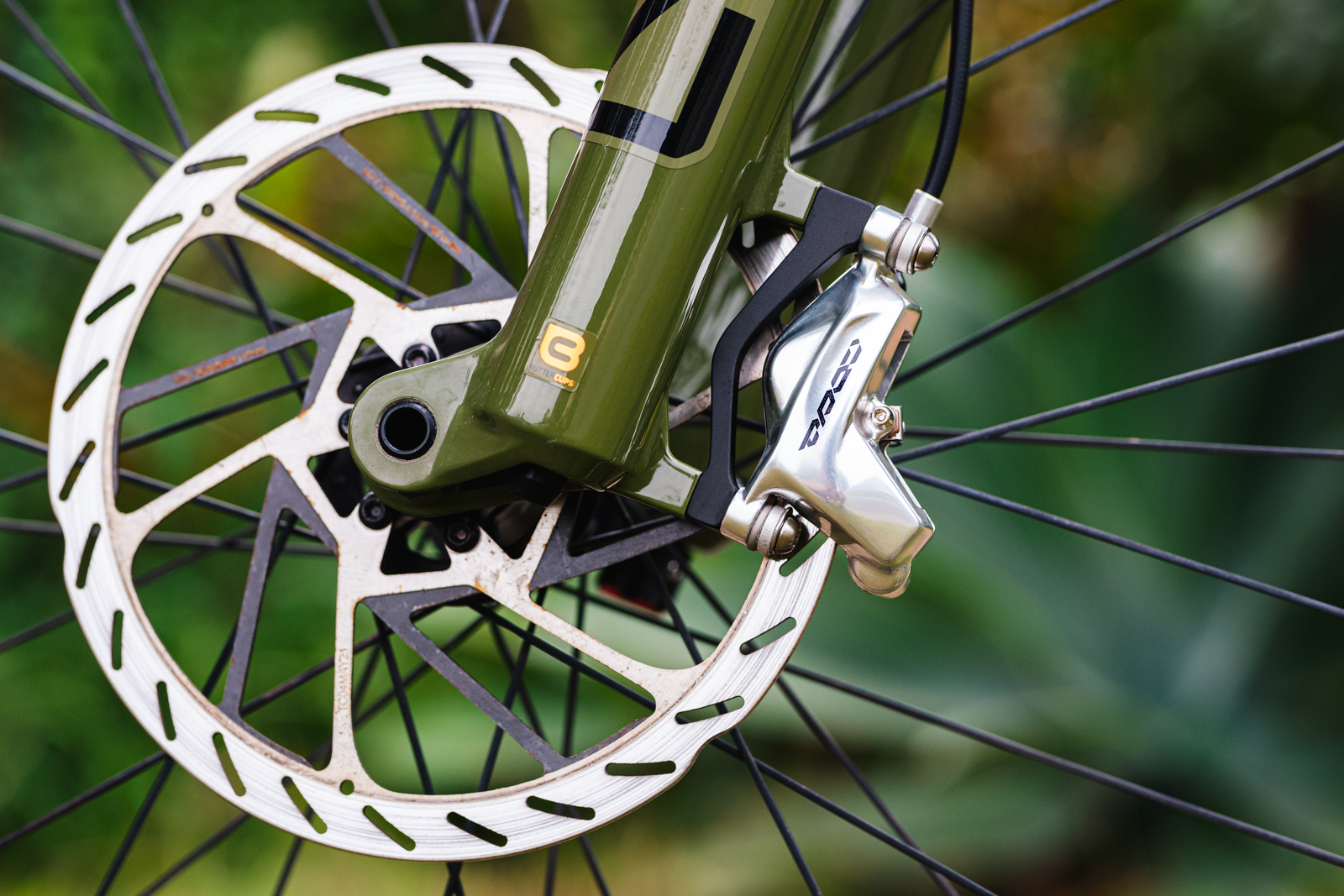
Ultimate & Silver options
There are two different versions in the 2023 SRAM Code lineup.
The Ultimate brake comes with titanium hardware, a carbon lever blade and a sealed pivot bearing. The Silver brake gets steel hardware, an alloy lever blade and a bushing for the lever pivot.
Otherwise both brakes are structurally identical and offer tool-free lever reach adjustment and bite point adjustment. The new lever design continues to be ambidextrous, so that the brakes can be easily flipped from left to right
There are also no changes to the clamps, so they’re still compatible with the MMX adapters for direct-mounting shifters and a dropper post lever. They still use DOT 5.1 fluid and can be bled with the excellent Bleeding Edge tool.

SRAM Level Stealth Brakes
For XC and trail riders, there are four new SRAM Level Stealth brake options for 2023.
All of these employ the new Stealth lever design. The master cylinder is even slimmer than the Codes, in part due to the omission of the bite point adjuster. You still get tool-free reach adjustment though, which is a nice change from the current Level brakes that require a minuscule hex key to adjust the lever reach.
Like the Codes, there are now Ultimate and Silver tiers. The Ultimate brakes upgrade to carbon lever blades, a sealed pivot bearing and titanium hardware to minimise weight.
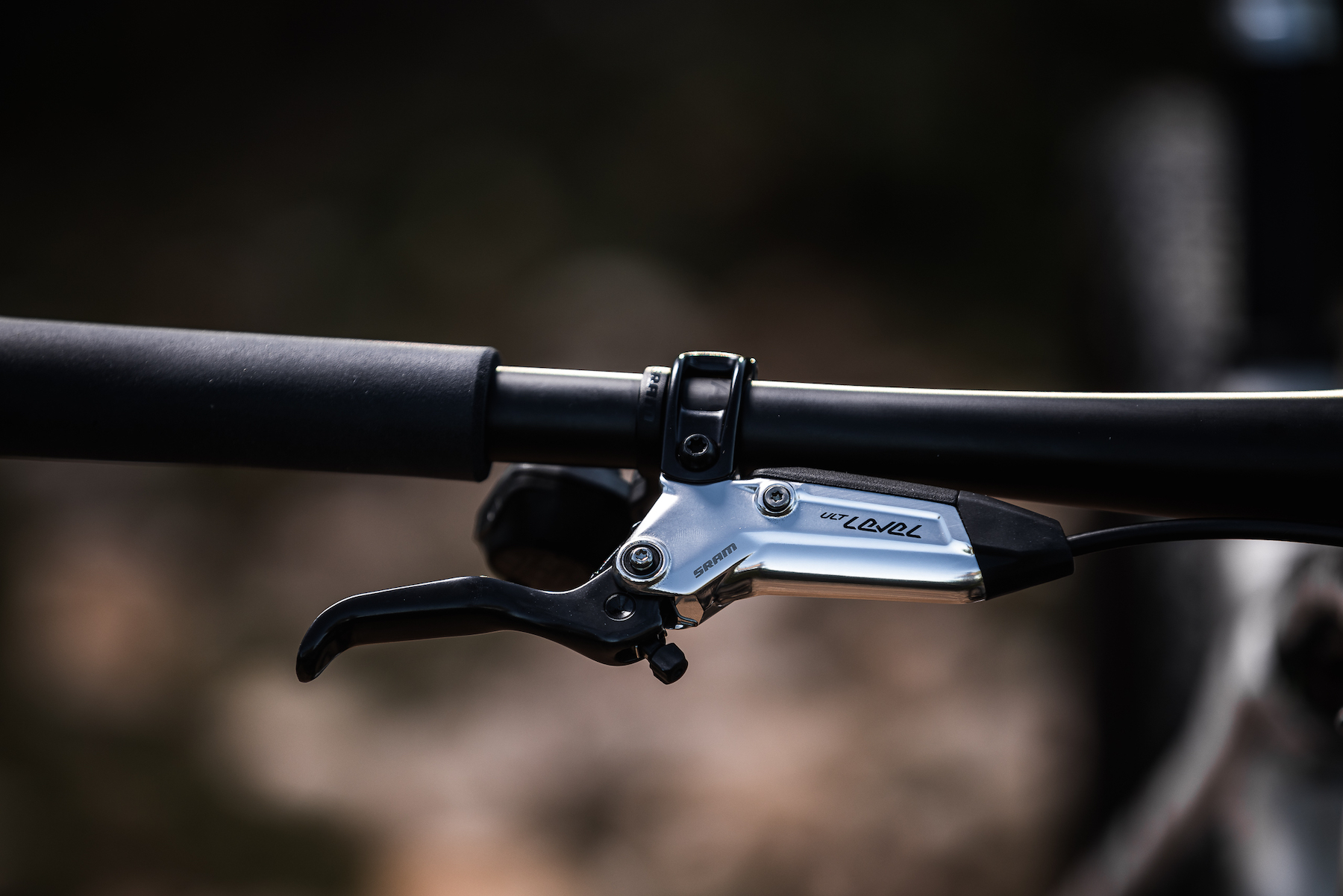
Level 2-piston & 4-piston options
Down at the calliper end, the Level brakes will now be available with either 2-piston or 4-piston callipers.
The 2-piston calliper is carried over from the existing Level Ultimate brake. The 4-piston calliper is carried over from the G2 brake, and it’s claimed to bring added power and modulation into a lightweight XC package that is likely to find its way onto speedy trail bikes as well.
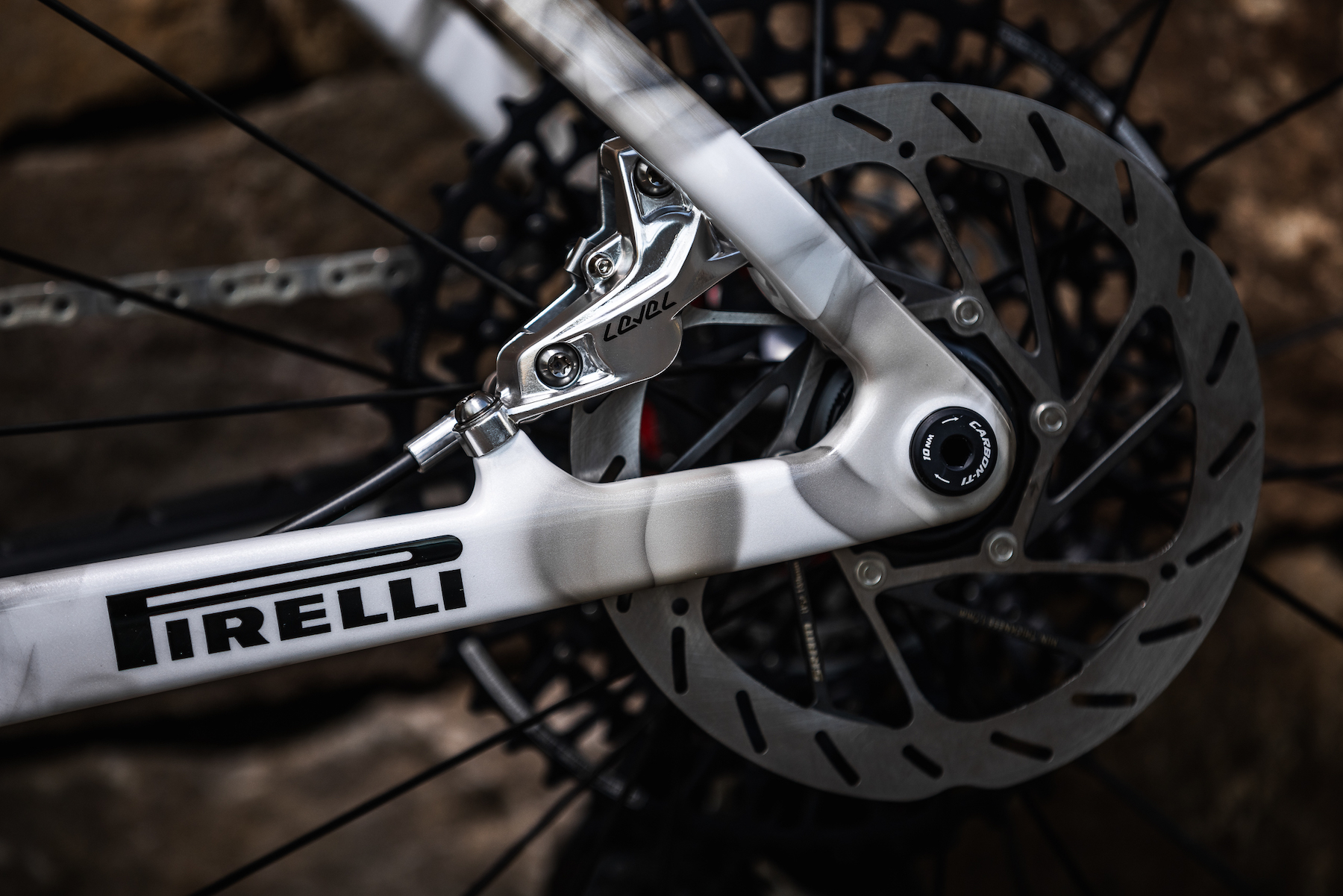
Yep, the G2 brake is no more!
With the arrival of the Level 4-Piston brake, SRAM has decided to get rid of the G2 entirely. This is a good move, as most bike companies have been spec’ing the superior Code brake on their trail bikes anyway.
This consolidation helps to simplify the lineup and your available choices. If you value maximum power and consistency, get the Code. If you want lots of modulation and less weight, get the Levels.

How do they perform on the trail?
We’ve been testing two sets of SRAM Code Ultimate Stealth brakes over the past four months. One set on a Yeti SB120, and other set on a Specialized Levo. Both brakes have been paired to the latest HS2 rotors.
It’s taken us a while to get used to the aesthetics of the new lever design, and even now we’re still split on whether we like it or not. Not helping things, the Yeti’s hose routing is basically the worst possible configuration. The rear brake hose goes into the same side of the headtube, resulting in a tight and unsightly bend that flaps about on the trail. Ideally this hose would be routed around the headtube and into the drive-side port.
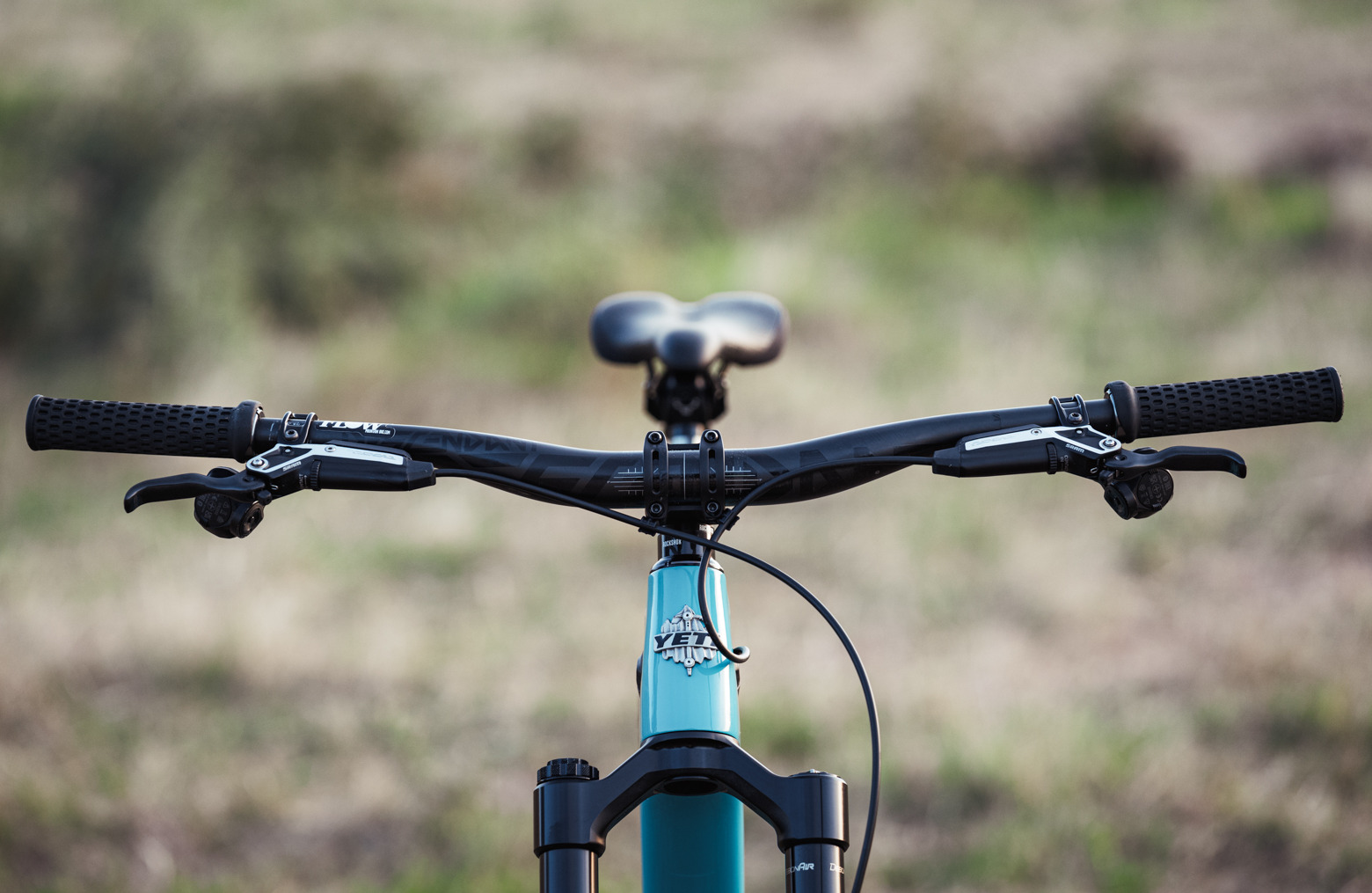
To help secure the hoses, SRAM has provided neat little guides that tuck into the stem’s faceplate bolts. These will be particularly useful for bikes that don’t have headset cable routing. Of course the full potential of the design will be realised on a bike with headset cable routing. We can see the new Stealth levers looking fabulous on a bike like the Scott Spark for example.
As for performance, we’ve been impressed by the silky-smooth lever feel. We’ve always gotten along with the previous Code RSC brakes, though the new lever internals require a little less force to actuate, which results in a lighter feel and less fatigue. We also like the new carbon lever blades, which are lovely and smooth, and aren’t as cold to the touch compared to the alloy lever blades on the old Code RSCs.
They’ve remained smooth and consistent for the entire four month test period, with zero deterioration in performance. Aside from the initial setup bleed we’ve not had to touch them, and the metallic pads still have plenty of meat left on them.
Otherwise we’ve not detected any difference in the overall braking power and modulation, and that’s a good thing in our opinion.

Flow’s Verdict
The new SRAM Stealth brakes don’t provide a monumental step up in performance. The lighter lever feel is nice, and we’ve impressed by their consistency, but overall power and modulation remains much the same as the current options. If you already own a set of Codes and are happy with them, there’s little need to upgrade to the new Stealth version.
The Level 4-piston is the only properly new model in the lineup, and we look forward to getting our hands on a set of those in the near future to see how they fit into the broader brake market.
Really though, the new Stealth lever design is more about a shift in design and aesthetics, which has been brought about by the advent of headset cable routing. Given SRAM (and allegedly Shimano) have committed to this new close-to-bar lever design, it suggests that this trend is not going to go away. We have mixed feelings about that, but thankfully the new Stealth brakes work fine on a bike with regular cable routing, so there’s little to complain about.
